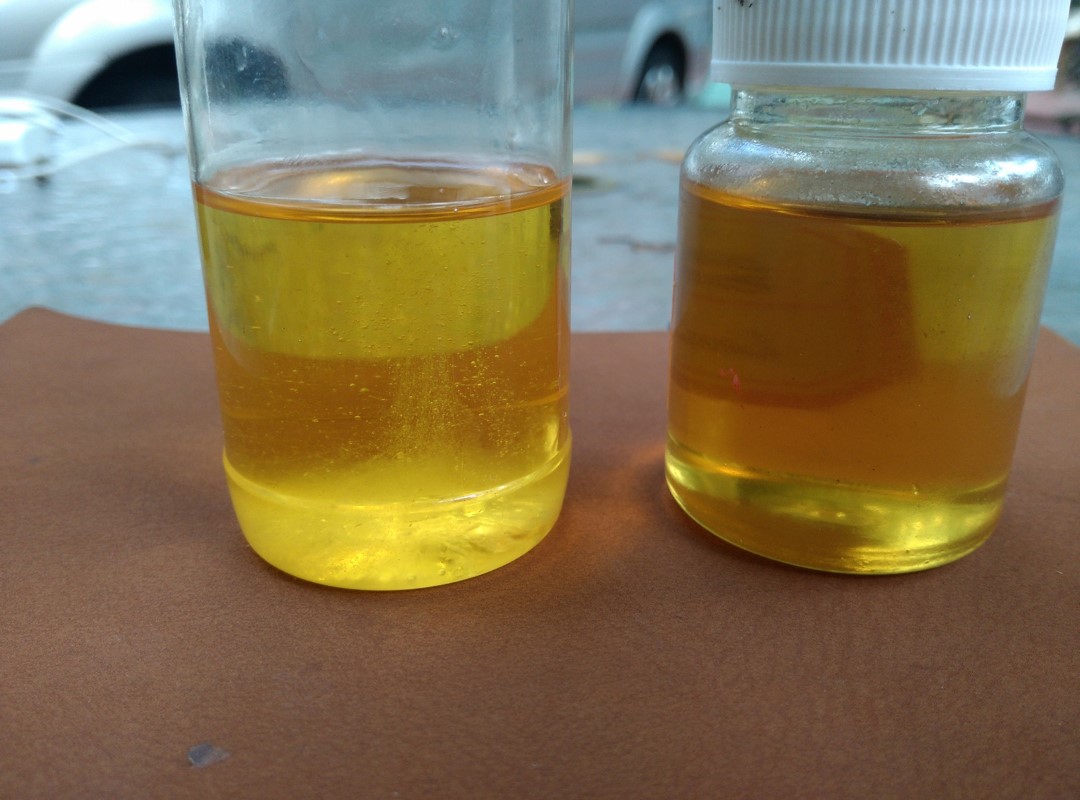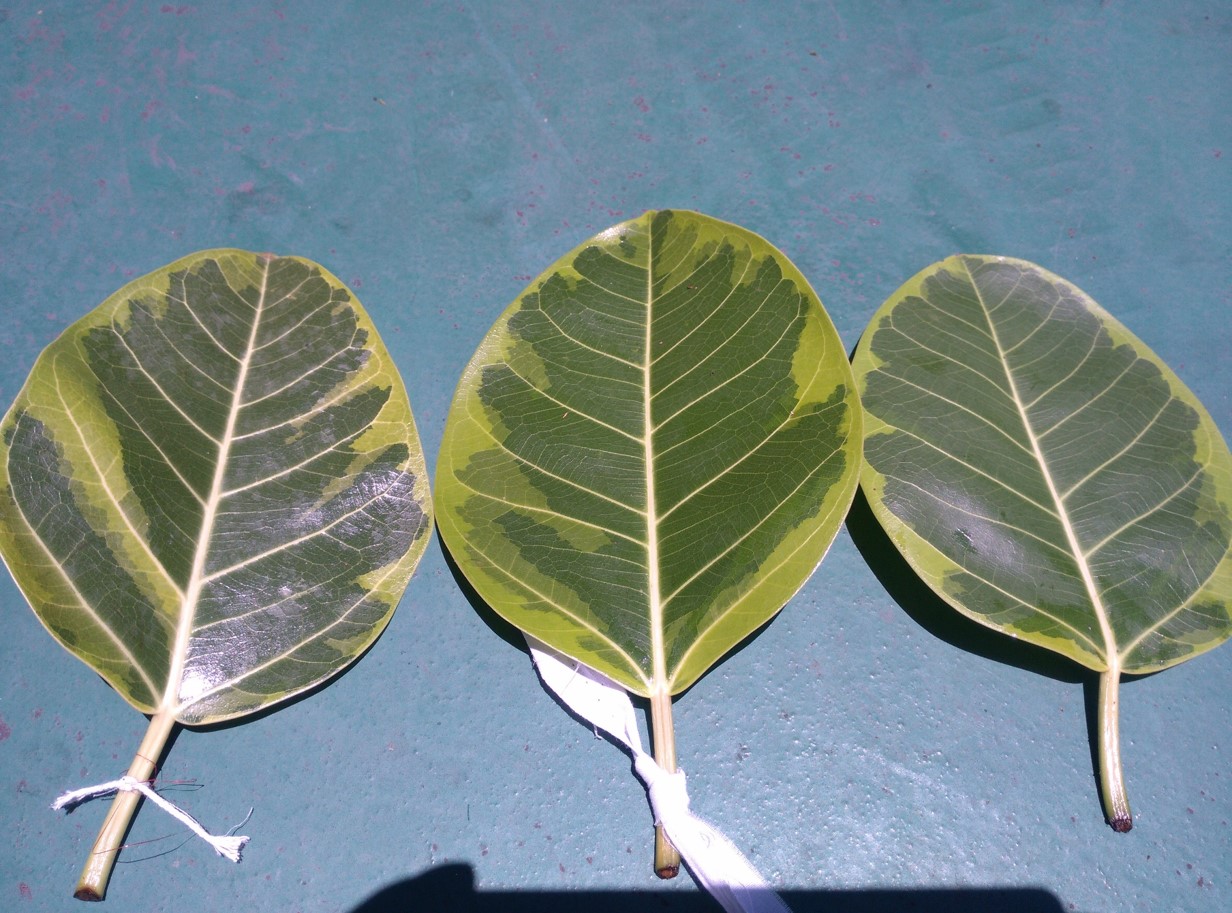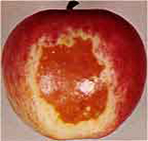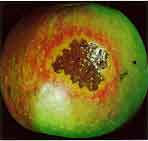PINEYE™ EC EMULSION
A BIO-BASED SUNGUARD ADJUVANT FOR YOUR CROPS & FRUITS

PINEYE™ EC emulsion is a bio-based film forming adjuvant. The Antitranspiration properties help protect crops, flowers and fruit from sunburn while reducing stomatal opening and water loss.
Impact of Climate Change on Crops
A published analysis (Cuijing, 2011) indicates that rising temperatures tend to depress net crop revenues. For instance, estimates suggest that a 1°C increase can reduce wheat returns in China by several percentage points, aligning with global evidence that wheat yields decline by about 4–8% per °C of warming.
For example, in Huazhong, a 10‑hour increase in monthly sunshine was associated with a 0.003% decrease in net revenue for in‑season rice. By contrast, in the Northwest and Huanan regions, the same 10‑hour increase corresponded to a 0.0030%–0.0047% increase in net revenue (You et al., 2005; Cuijing, 2011)
The net revenue of winter wheat in Huanan increased by 0.03% when the monthly hours of sunlight rose by 10 hours. However, this effect is relative: the net revenue decreased by 0.09% in Huazhong and by 0.03% in the Northwest Area.
Maize displayed a similar pattern: for each 10‑hour increase in monthly sunshine, net revenue rose by 0.03% in Huazhong, the Northwest and the Northeast, but declined by 0.01% in Huanan.
| Causes Factor to Crops | |||
| Wheat | Rice | Corn | |
| Temperature | -0.76 | -2.61 | 3.14 |
| Precipitation | 0.66 | -1.72 | 1.64 |
| Sunlight | -0.38 | 0.59 | -0.60 |
Type of Plants Sunburn
Three types of sunburn have been identified in apples (Schrader et al., 2011). Sunburn necrosis is caused solely by high fruit‑surface temperatures and presents as a necrotic lesion on the sun‑exposed side of fruit while still on the tree (Graeme Thomson, 2014).
Sunburn browning occurs when fruit experience high fruit‑surface temperatures—commonly in the range 46–49°C, contingent on cultivar—together with ultraviolet‑B exposure; in contrast to sunburn necrosis, this form does not entail cellular death.
Photo‑oxidative sunburn is induced by visible light when previously shaded apples are suddenly exposed to full sun; the first symptom is a bleached or whitened patch on the peel, which can later progress to necrosis with continued exposure.
Sunburn on Your Crops, Flowers and Fruits
Sun damage will cause the sunburn, sunburn browning and necrotic.
Growers incur losses each year owing to heat. In South Africa, for example, around 20% of Golden Delicious and as much as 40% of Granny Smith fruit may be downgraded or become unmarketable for export because of sunburn browning or necrosis of the peel (Engela Duvenage, 2014), consistent with evidence that cultivar susceptibility and canopy microclimate strongly influence sunburn incidence.
In China, high temperatures and severe convective storms were reported to have reduced yields of tea, hickory and lotus in Hangzhou compared with the previous year (Xu Wenwen, 2014). Young tea bushes are especially susceptible to heat and solar exposure, with sunburn observed during hot spells above roughly 35°C.
North and Latin America have likewise been affected. Industry reportage notes sunburn losses approaching 40% in susceptible cultivars including Fuji, Braeburn and Cripps Pink, and in Chile growers are estimated to lose around 13.5% annually—equivalent to about US$100 million in export revenues (Dr José Antonio Yuri).
The primary cause of this damage is UV (ultraviolet) radiation.
01
Yellow Emulsion
PINEYE™ EC (right‑hand sample) presents as a pale‑yellow liquid before dilution or tank‑mixing with fungicides. It is a non‑ionic adjuvant, i.e., a neutral‑charge surfactant used to improve spray spreading and retention and to support formulation compatibility.

02
Easy Mixing with Water
PINEYE™ EC is an emulsifiable concentrate; upon dilution with water it forms a stable emulsion that appears milky‑white, consistent with the expected behaviour of EC formulations.

03
Film Forming Performance
PINEYE™ EC emulsion exhibits film‑forming behaviour, drying to a flexible coating on foliage that improves adhesion and rainfastness. Its plant‑derived composition supports benign bioactivity and acts as a sticker–penetrant, helping fungicides to wet and penetrate waxy and hairy leaf surfaces.

04
The Antitranspirant Ability
A plant sun‑guard test was conducted at midday on 6 June 2016 at 26°C: two samples (left and middle) were sprayed with an antitranspirant, while the right‑hand leaf was left untreated. Following application, leaves were kept outdoors for 6 hours and then indoors for a further 15 hours; after 21 hours, the treated foliage remained green and turgid. The centre sample treated with PINEYE™ EC demonstrates how film‑forming antitranspirants reduce transpiration and support short‑term water retention by depositing a clear, flexible barrier on the leaf surface.

05
Defense the Sunburn
On 7 June 2016, foliage samples were exposed to direct sunlight for three hours in the afternoon; sun injury was apparent, with marked differences between treatments. The untreated right‑hand leaf showed extensive wilting over a large area, the centre leaf treated with PINEYE™ EC exhibited wilting limited to a smaller zone of the lamina, and the left‑hand leaf treated with a competitor showed an intermediate level of damage. These outcomes are consistent with the capacity of film‑forming antitranspirants to reduce transpiration and delay visible wilting under heat and light stress.
Download Product List
Easy download the whitepaper of PINEYE™ EC label to read the T/R report of global plantation, and learn how to used PINEYE™ EC emulsion as spreader sticker.
Get the Quote
Contact our sales team to get the latest product specifications and product quotes.




